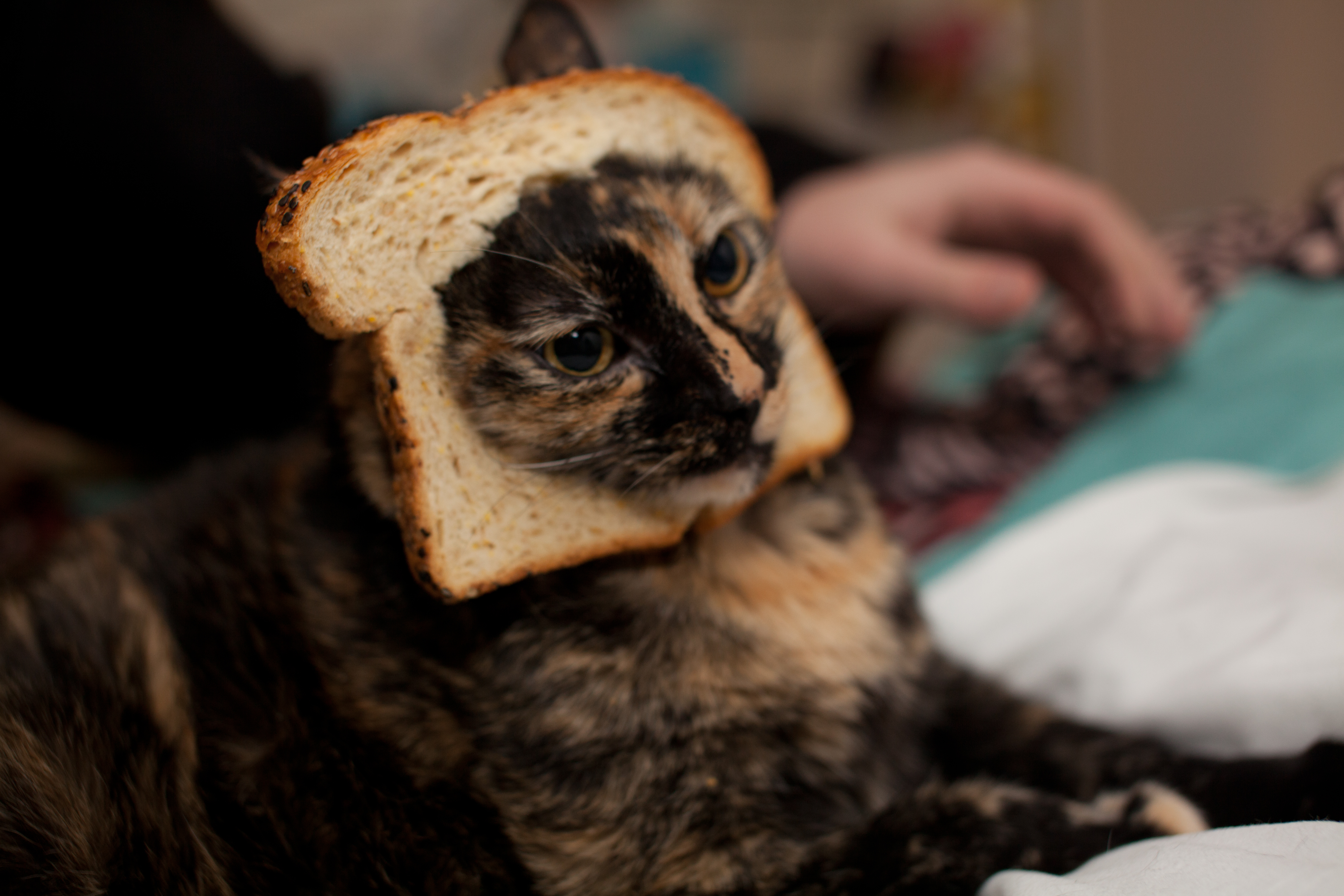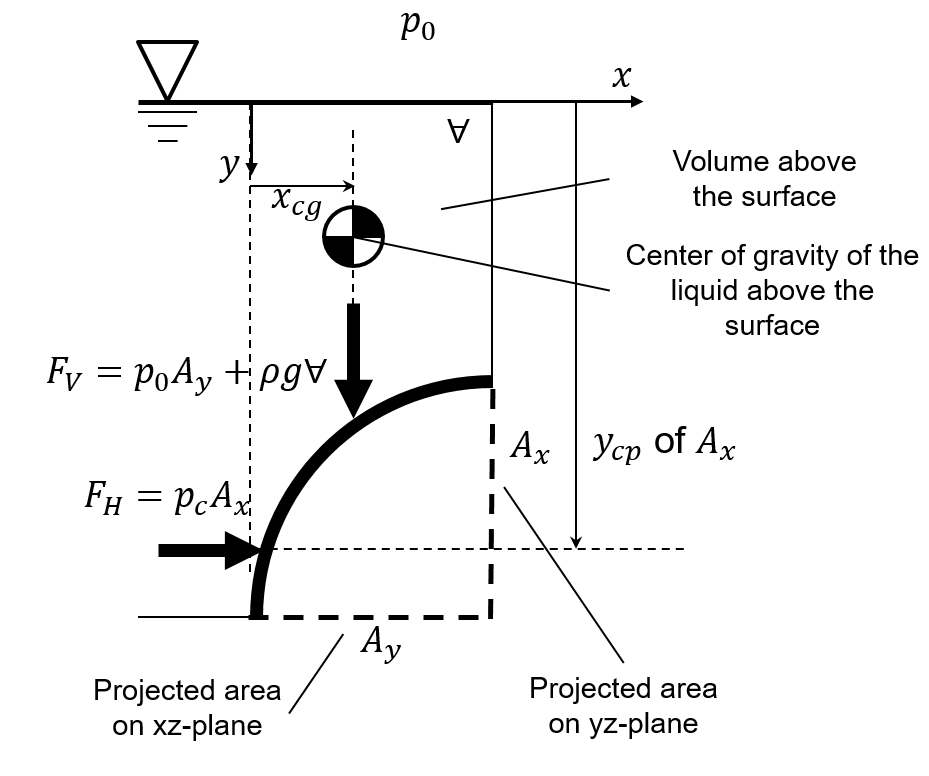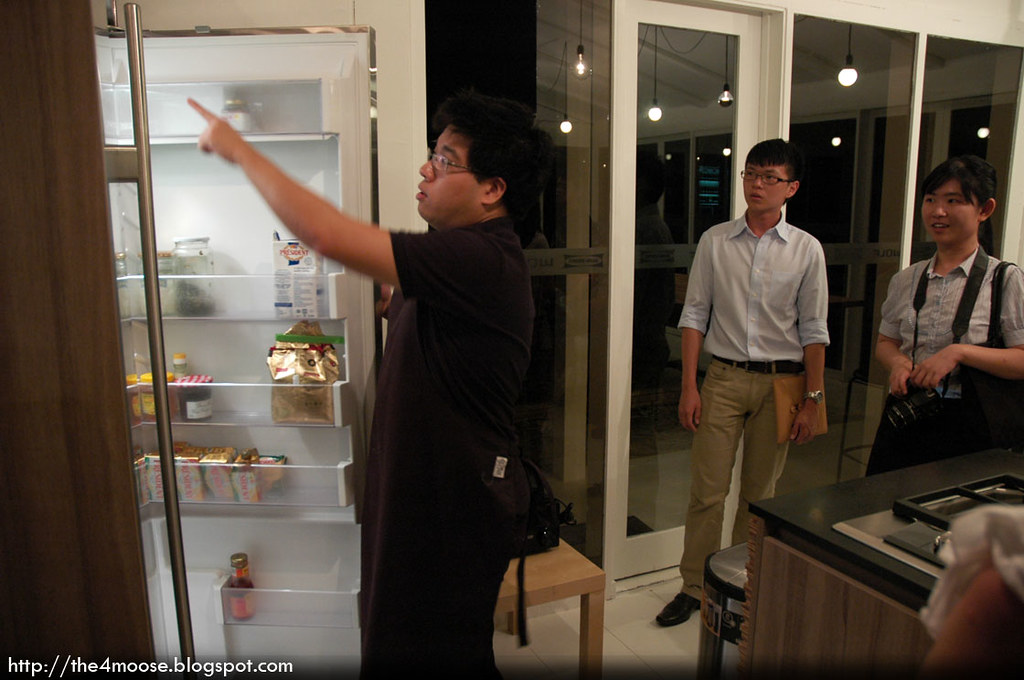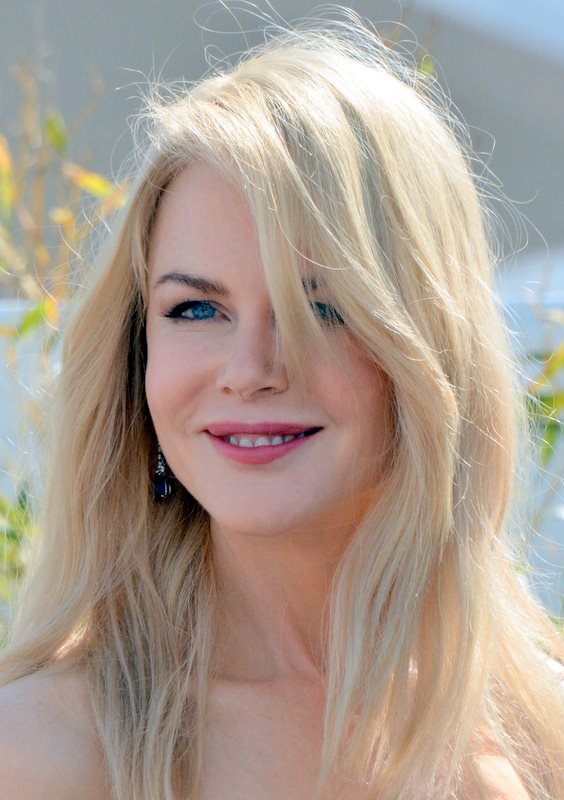
For centuries, thinkers have pondered a delightful question: what if cats could actually reveal the secrets behind perpetual motion machines? Imagine a cat strutting confidently with a piece of buttered toast attached to its back, where no matter how the toast is tossed, the buttered side always lands down while the cat seems to defy gravity and reason. This absurdity gives rise to the humorous ‘buttered cat theory,’ where the laws of the universe appear to bend in the most amusing ways, merging humor with science and our affection for cats. This playful thought experiment encourages us to engage in a lighthearted debate: if we could somehow harness a cat’s graceful landing for perpetual motion, might we finally invent a machine that operates endlessly? But we must retain our sense of humor; the world of perpetual motion is a serious, albeit quirky, chapter in human ingenuity. Let’s explore the fascinating yet utterly absurd history of how we’ve sought to challenge the steadfast laws of physics while keeping our furry companions in mind.

1. **The Buttered Cat Theory**: The infamous theory posits that if we tie a piece of buttered toast to a cat, the combined forces of toast and kitty will create an unending loop of energy. This idea springs from the classic cat trait of landing on its feet, while the toast, forever butter-side down, adds a layer of complexity. What if this combination were the key to perpetual motion? Sadly, while it’s a delightful thought, the laws of thermodynamics tell us to keep dreaming, but it’s fun to imagine!

In our ambitious journey to create a perpetual motion machine, we must explore the energy sources at our disposal. Cats, brimming with endless curiosity and a knack for mischief, appear to possess an infinite well of energy that we can only dream of utilizing. Just envision a whimsical world where cats serve as living batteries, tirelessly moving about and generating electricity. Yet, we know in reality that their energy diminishes—especially following a long, well-deserved nap—but hey, dreaming is part of the fun, isn’t it?

3. **The Pursuit of Perpetual Motion**: The history of perpetual motion is filled with strange and eccentric inventors who believed they could outsmart nature. From medieval times onward, countless individuals have sketched fantastical designs for machines that would create energy out of nothing. Enter the whimsical cat-themed ideas that might have accompanied those sketches, perhaps as a playful nod to the feline nature of creation. Each proposal, whether serious or ridiculous, reveals humanity’s unyielding desire to push the boundaries of possibility.

4. **Early Innovators**: Let’s take a trip back in time to meet some of the early innovators in the realm of perpetual motion machines. Thinkers like Bhaskara II conceived wheels that supposedly ran forever, possibly envisioning a cat circling endlessly around it, keeping a careful eye on whatever happens to stray within paw’s reach. The ingenuity and absurdity of these early ideas set the stage for a culture of inventors who would not be deterred by the laws of physics.

5. **The Great Redheffer Hoax**: Fast forward to the 19th century, where Charles Redheffer claimed to have created a perpetual motion machine that actually worked. It turned out, however, that the machine was a fraud, with a hidden crank operated by an accomplice. Imagine a cat lurking in the shadows, silently judging the deception, as humans proved once again that our ambitions often overshadow reality.

6. **Eccentric Designs**: Throughout history, the designs became increasingly whimsical and flamboyant. From wheels that defied gravity to self-operating contraptions, inventors let their imaginations run wild. One can picture cats curiously inspecting these bizarre devices, paws poised to intervene should anything break the delicate balance of the inventor’s dreams. The line between serious science and outright parody grew thin as the absurdity of perpetual motion machines morphed into folklore.

As we consider these outlandish inventions, it’s essential to acknowledge that the scientific community has long asserted the impossibility of perpetual motion machines. Thermodynamics teaches us that energy cannot be created from nothing, and yet, the idea of a cat-powered machine provides delightful fodder for our imaginations—if only our furry companions could somehow alter the very laws of physics with a simple flick of their tails.

8. **Cats in Popular Culture**: Cats have often been depicted as mystical creatures with powers beyond our comprehension. This gives rise to the humorous thought: if anyone could create a perpetual motion machine, wouldn’t it be a cat? These furry enigmas remind us that, while we may never create a true perpetual motion machine, the enchanting nature of our feline friends can inspire us to dream big and think outside the box. In the end, this absurd idea of a cat-powered perpetual motion machine serves not only as a curiosity but also as a delightful fusion of humor, science, and our affection for cats. Let’s continue to explore this peculiar history, where imagination reigns supreme and laughter is the only true constant!

One of the earliest documented attempts at a perpetual motion machine was conceptualized by Indian mathematician Bhaskara II, who proposed a wheel that he believed would run forever, inspiring wonder across ages. Imagine a cat gleefully darting after this wheel, adding its own chaotic charm to an already eccentric invention. While the validity of Bhaskara’s vision remains hotly debated, the image of a cat-fueled contraption is undeniably enchanting!

10. **Villard de Honnecourt’s Sketchbook**: In the 13th century, master mason Villard de Honnecourt left behind sketches that included designs for perpetual motion machines, showcasing the inventive spirit of the time. His work serves as a testament to humanity’s eternal hope for defying gravity and logic. Imagine a cat, staring quizzically at the sketches, ready to pounce on the next great scientific breakthrough—or at least the nearest yarn ball!

The brilliant mind of Renaissance artist Leonardo da Vinci also delved into perpetual motion designs, despite his skepticism regarding such contraptions. His imaginative sketches of overbalanced wheels sparked intrigue, and one can’t help but picture a cat lounging on his desk, playfully batting at his quill as he contemplated his groundbreaking ideas. The combination of da Vinci’s inventive spirit and a cat’s playful energy could have sparked some truly outrageous inventions!

12. **The Hydrostatic Paradox**: Robert Boyle introduced the idea of the hydrostatic paradox, which hinted at the potential for perpetual motion through fluid dynamics. This concept was met with intrigue, though reality proved far more complex. Imagine a cat obsessively watching water flow, convinced that its paw could somehow harness that energy for endless amusement—if only it had a tiny water wheel to play with!

13. **Orffyreus and His Claims**: Johann Bessler, known as Orffyreus, claimed to have built working perpetual motion machines in the 18th century, sparking both wonder and skepticism. His designs were a mix of intrigue and deception, reminiscent of a cat pretending to be innocent while secretly plotting mischief. Bessler’s contradictory tales only fueled the fantastical narrative surrounding perpetual motion, much like a cat weaving its way through the fabric of reality.

During the 19th century, an upsurge of interest in perpetual motion machines emerged, with inventors like Charles Redheffer asserting they had successfully created these devices. Regrettably, these claims often turned out to be nothing more than elaborate deceptions. Imagine a cat observing this chaotic scene, likely planning its next nap while humans madly pursued their wild fantasies. The irony of these ambitious dreams often seemed to stretch far beyond the realms of physics.

15. **Tesla’s Vision**: Nikola Tesla, a pioneer of electrical engineering, hinted at an abstract principle for perpetual motion in the early 1900s. While he never produced a prototype, the sheer audacity of his ideas inspired countless inventors. One can only imagine a cat with its ears perked up, absorbing the wisdom of Tesla’s musings and dreaming of a world where cat energy powered the universe!
Exploring the captivating history of perpetual motion devices reveals a fundamental aspect of human nature: our intrinsic desire to push the boundaries set by nature. This journey, characterized by creative engineering and whimsical cat antics, demonstrates that while true perpetual motion machines may remain just out of reach, the humor and creativity ingrained in these aspirations continue to fuel innovation. Ultimately, in the domains of both cats and humanity, the spirit of possibility thrives, encouraging us to dream and invent beyond the limits of our reality.
Related posts:
History of perpetual motion machines
Perpetual Motion: The Holy Grail of Mechanical Engineering
Did curiosity kill the cat?




